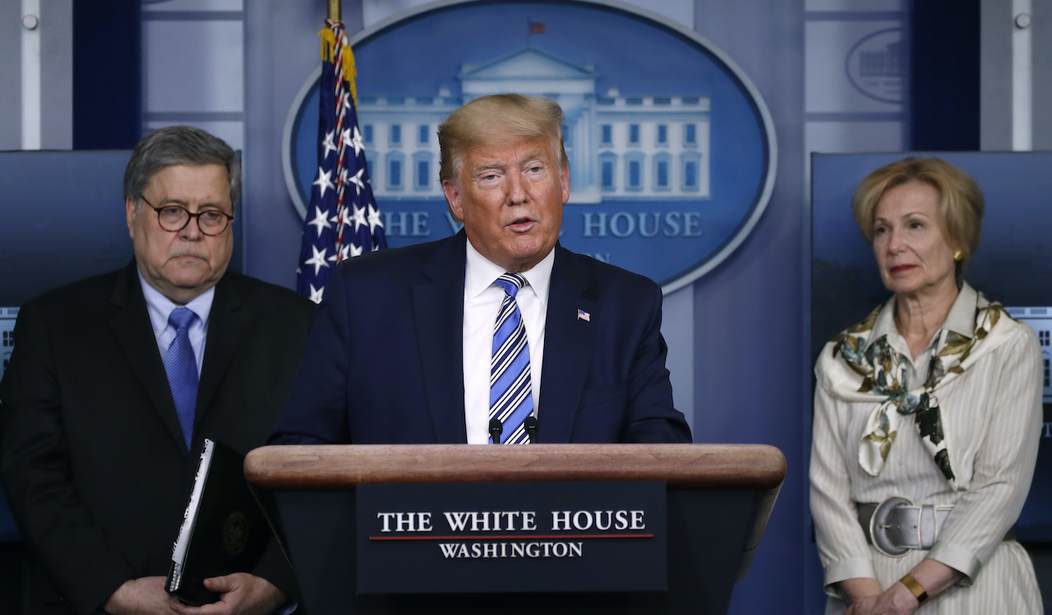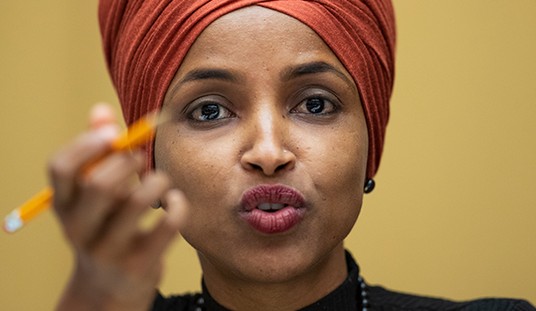President Donald Trump is rightly worried that the "cure" for COVID-19 -- sweeping restrictions on travel, local movement, business activity and work -- could prove to be "worse" than the disease. That may already be true; politicians have been acting as if only one side of this ledger matters.
Economists are predicting that the official response to the pandemic could lead to a downturn as bad as or worse than the Great Recession of 2008-09, which cost Americans an estimated $22 trillion. It is hard to see how a loss of that magnitude can be rationally justified.
When government agencies evaluate health or safety regulations, they routinely consider not only the number of deaths they might prevent but the cost of doing so. That makes sense, because finite resources spent to reduce one kind of risk, depending on the payoff, might better be spent or invested elsewhere, possibly in ways that would save more lives.
A rough calculation based on the "value of a statistical life" that the Environmental Protection Agency uses to assess proposed regulations suggests that the cost of COVID-19 deaths in the worst-case scenario sketched by the Centers for Disease Control and Prevention, which assumes that containment and suppression efforts are largely ineffective, would be huge: on the order of $13.6 trillion. But if the economic projections are right, the cost of aggressive COVID-19 control measures will be substantially higher.
That comparison assumes government intervention will be completely successful at preventing those deaths, which is certainly not true, and it uses a VSL that is arguably excessive in this case, since COVID-19 fatalities are concentrated among the elderly, meaning fewer years of life lost on average. Furthermore, there are sound reasons to think that worst-case scenario, which imagines 214 million infections (65% of the population) and 1.7 million deaths, is unrealistic.
Recommended
The true case fatality rate for COVID-19, although probably higher than the CFR for the seasonal flu (about 0.1%), is likely to be much lower than the rates suggested by the official numbers, which include only confirmed cases. Since COVID-19 symptoms are typically mild to nonexistent, the actual number of infections is bound to be much higher.
Taking that "denominator problem" into account, Assistant Secretary for Health Brett Giroir says, "the best estimates now for the overall mortality rate for COVID-19 (are) somewhere between 0.1 percent and 1 percent." Based on data from the cruise ship Diamond Princess, John Ioannidis, an epidemiologist and biostatistician at Stanford University, calculates that "reasonable estimates for the case fatality ratio in the general U.S. population vary from 0.05% to 1%."
The CDC's projection implies a COVID-19 CFR of 0.8 percent, near the high end of those ranges. And the scenario implausibly assumes that voluntary measures to curtail the spread of COVID-19, such as avoiding crowds, limiting social interactions and paying extra attention to hygiene, have no impact on transmission.
There is a great deal of uncertainty about these projections, and public officials may think they are erring on the side of caution. But that is true only if you ignore the potentially devastating impact of disrupting economic transactions, shutting down businesses and depriving millions of people of their livelihoods.
Ioannidis worries that if the CFR for COVID-19 is much lower than many people fear, "locking down the world with potentially tremendous social and financial consequences may be totally irrational." David Katz, founding director of the Yale-Griffin Prevention Research Center, favors a more carefully targeted approach that focuses on protecting the people who face the greatest risk, saying he is "deeply concerned that the social, economic and public health consequences of this near total meltdown of normal life... will be long lasting and calamitous, possibly graver than the direct toll of the virus itself."
In settling on an appropriate response to COVID-19, there are no easy answers. But wise policy starts by recognizing the tradeoffs that politicians so far have been inclined to ignore.
Jacob Sullum is a senior editor at Reason magazine. Follow him on Twitter: @JacobSullum. To find out more about Jacob Sullum and read features by other Creators Syndicate writers and cartoonists, visit the Creators Syndicate webpage at www.creators.com.
























Join the conversation as a VIP Member